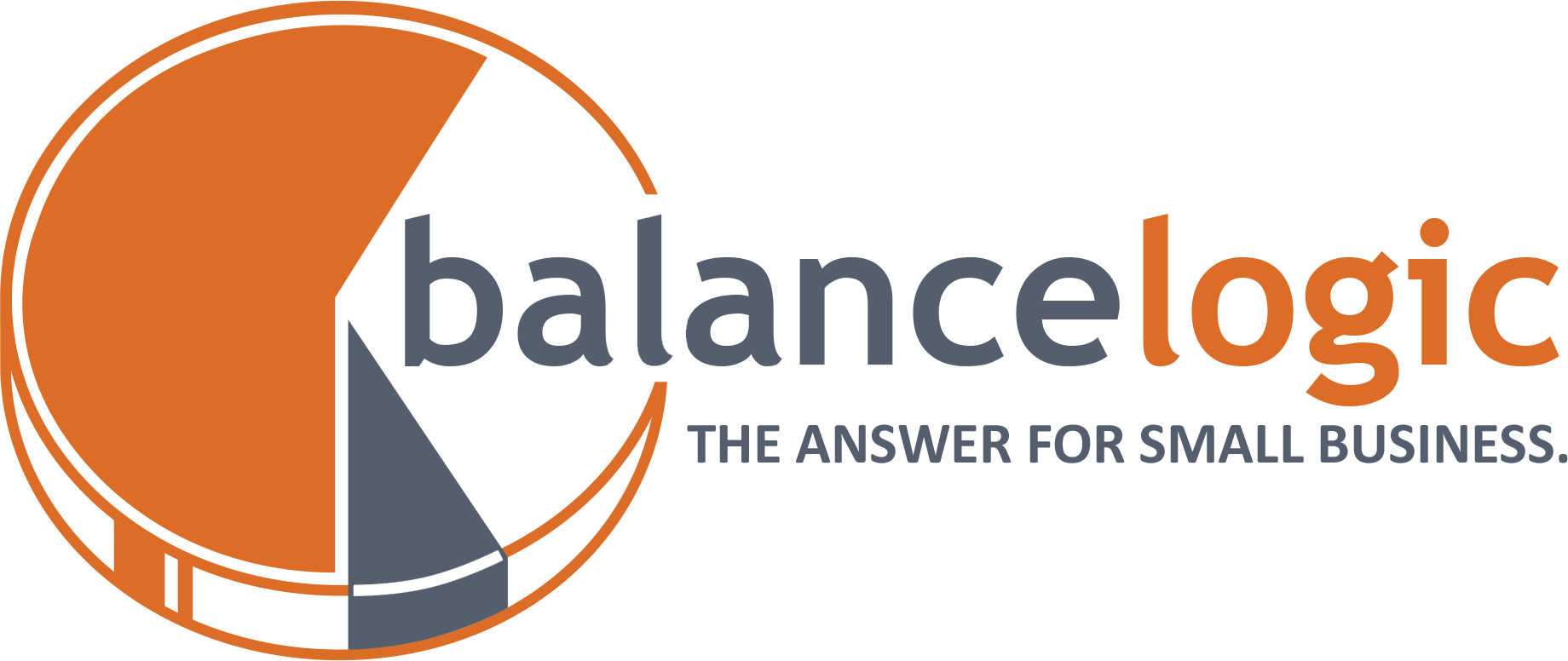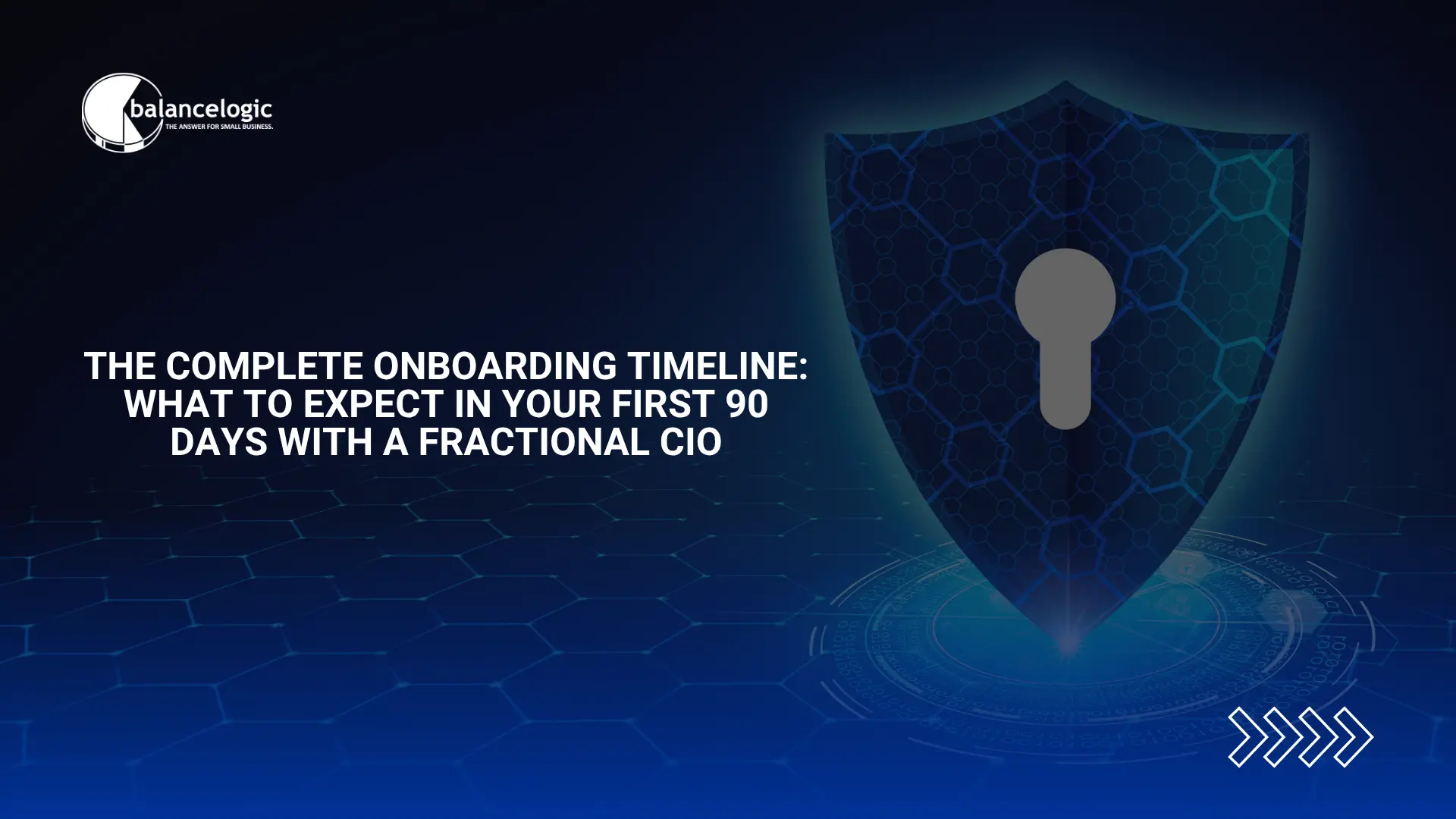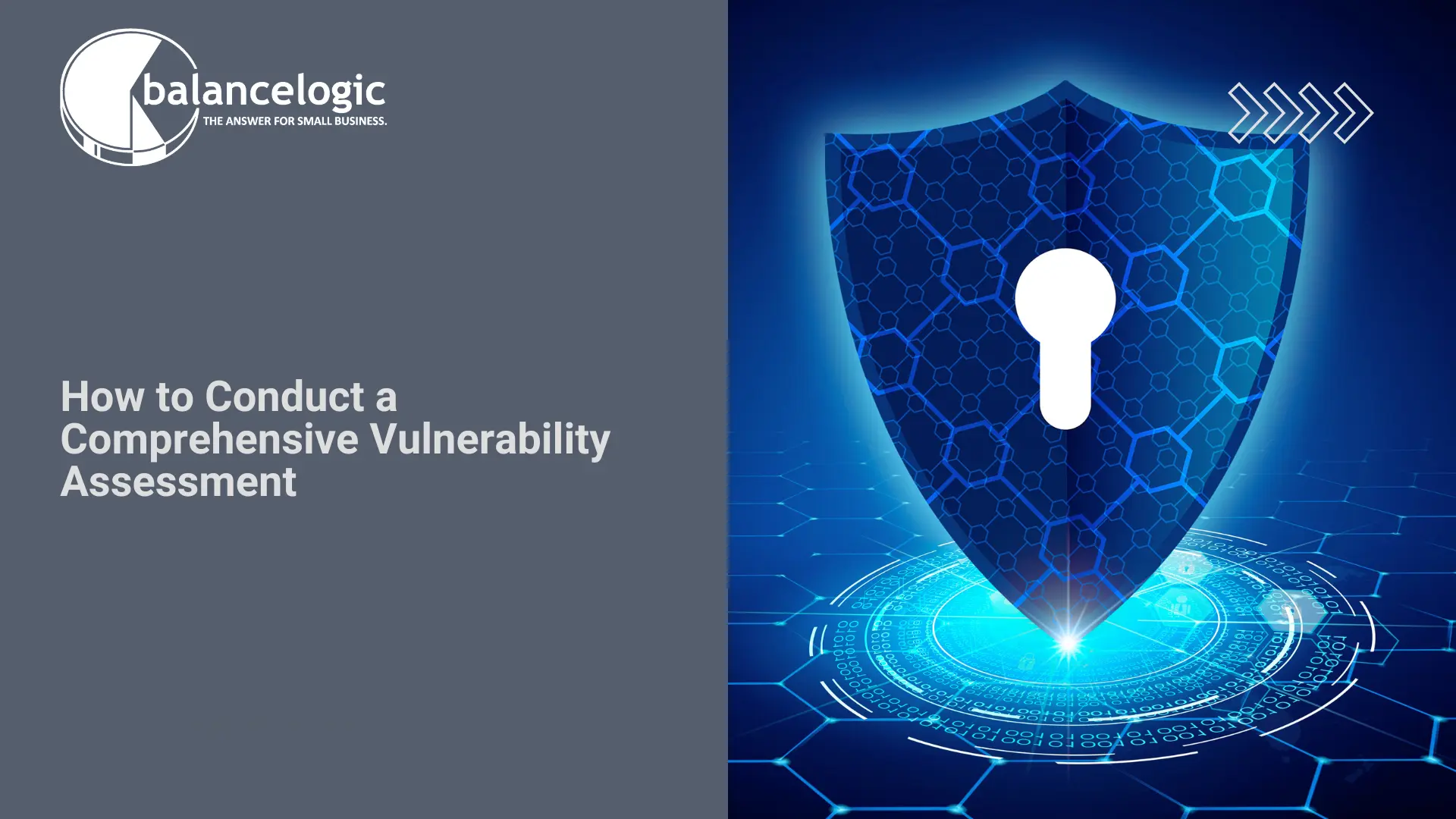In an age where data breaches and cyber threats lurk around every corner, understanding how to conduct a comprehensive vulnerability assessment is no longer an option; it’s a necessity. A vulnerability assessment is the process of identifying, quantifying, and prioritizing vulnerabilities in a system or network. Doing this correctly not only protects sensitive data but also preserves the integrity and reputation of the organization.
Whether you’re swinging solo as a consultant or steering a security team within a larger organization, having an actionable plan for a vulnerability assessment can set you on the right path. This article aims to guide you through the essential steps involved in conducting a thorough vulnerability assessment, addressing the who, what, where, when, and how.
Understanding the Scope of Your Assessment
Define Your Environment
Before diving into technical details, you need to have a clear understanding of your environment. This includes identifying the systems, applications, and networks which will be assessed. Speak with stakeholders to gather information about inventory systems, workloads, and any existing compliance mandates.
The more you know about your environment, the better equipped you will be to conduct a comprehensive vulnerability assessment. Set specific parameters around the areas you want to assess, such as internal networks, web applications, and physical assets.
Goal Setting
What are you hoping to achieve? Is the goal compliance with regulations, or a desire to roast your organization’s security posture? Keeping your objectives in mind can streamline the process. This might also involve determining which vulnerabilities have the potential for the highest impact, and focusing on those.
Set clear, measurable goals that can guide your vulnerability assessment. Whether it’s reducing the risk of data breaches or satisfying a regulatory requirement, having a focused end goal will lead your assessment efforts in a coherent direction.
Tools of the Trade
Scanning Tools
Once you’ve defined the scope and set your objectives, it’s time to look into tools. A variety of vulnerability scanning tools exist that can automate aspects of the assessment. Tools like Nessus, Qualys, and OpenVAS are industry favorites. They allow you to identify vulnerabilities in servers, network devices, and web applications efficiently.
Choose the tool that best fits your needs, paying attention to factors like the scale of your environment, budget, and the types of technologies you need to scan. Each tool has its unique benefits, so do thorough research before finalizing your selection.
Manual Testing vs. Automated Scanning
While automated tools can quickly uncover vulnerabilities, they can sometimes miss nuanced issues that require human insight. Manual testing methods, such as penetration testing, should complement your automated scanning efforts. Engage security professionals or ethical hackers to perform these tests, as they can identify critical vulnerabilities that automated tools often overlook.
It’s crucial to strike a balance. Automated solutions can offer a broad overview, while manual testing can dive deeper into high-risk areas. Combining both approaches will give you a more rounded view during your comprehensive vulnerability assessment.
Analyzing and Prioritizing Vulnerabilities
Risk Assessment
After identifying vulnerabilities, the next step is analysis. Not all vulnerabilities are created equal. They come with different levels of risk that might vary based on the specific context of your organization. Using a risk assessment framework such as the Common Vulnerability Scoring System (CVSS) can help quantify these risks.
Critical vulnerabilities may require immediate attention, while lower-risk ones can be scheduled for future remediation. An understanding of the potential impact and likelihood of exploit is key in this step. Craft a risk matrix to help visualize and prioritize vulnerabilities according to their severity.
Remediation Strategies
Once you’ve assessed the risks associated with identified vulnerabilities, it’s time to plan for remediation. What are the available strategies? Some vulnerabilities may require patches, while others may need configuration changes or even complete overhauls of outdated systems.
Always coordinate with your IT and development teams for a smooth implementation of remediation strategies. Training personnel and maintaining an ongoing dialogue about vulnerabilities can further enhance your security posture.
Continuous Monitoring and Improvement
Building a Culture of Security
Conducting a comprehensive vulnerability assessment is not a one-time task; it’s part of a continuous improvement cycle. The most advanced organizations foster a culture where security is a shared responsibility. Regular training and awareness programs can help instill a mindset that prioritizes security at every level.
Regular Assessments
Make vulnerability assessments a routine part of your security practices. Whether it’s quarterly, biannually, or at another interval that fits your organization’s needs, regular assessments ensure that new vulnerabilities are identified promptly. This helps in adapting your strategy to evolving threats and technologies.
Consider integrating vulnerability assessments with other security practices, such as threat intelligence and incident response. This multifaceted approach enhances your organization’s overall security framework.
Final Thoughts
Conducting a comprehensive vulnerability assessment is an essential element in safeguarding your organization from cyber threats. By understanding the scope of your assessment, leveraging the right tools, analyzing the risks, and adopting a mindset of continuous improvement, you can create a robust cybersecurity posture.



